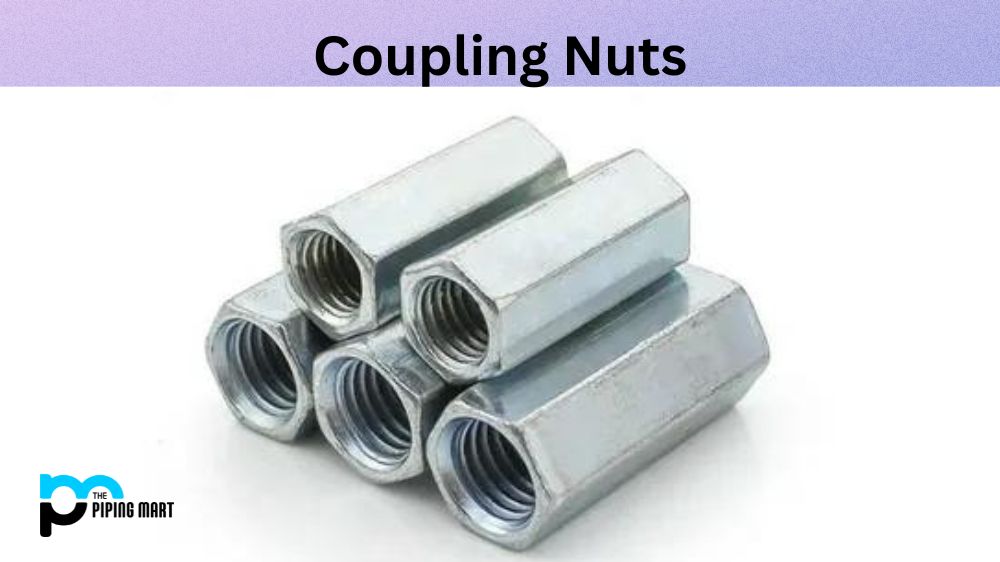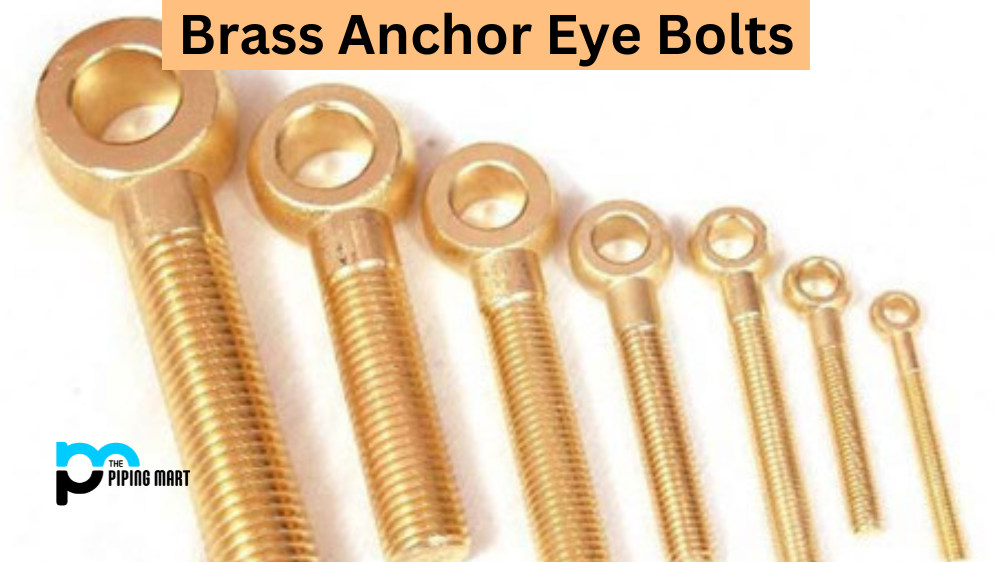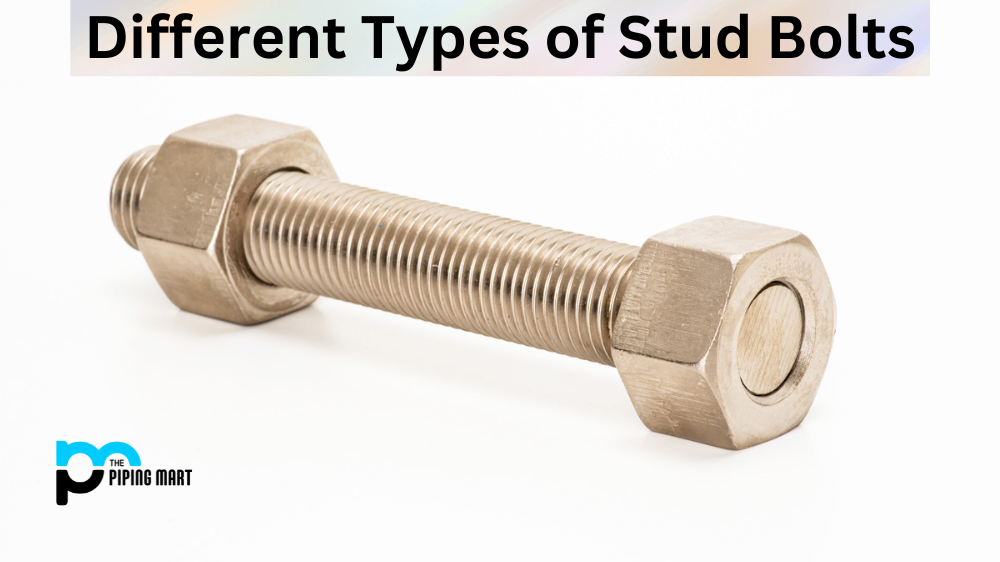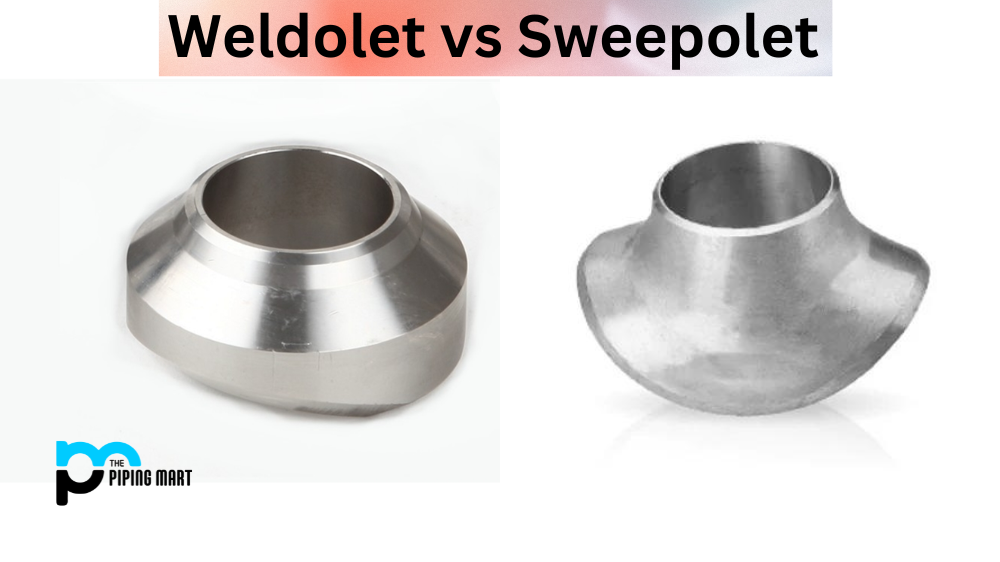In industries and machinery, coupling nuts are an incredibly important component. They connect two threaded parts so that power can be transmitted between them. But what are the advantages and disadvantages of coupling nuts? In this comprehensive guide, we will explore the benefits and drawbacks of coupling nuts, helping you to understand their applications and when to use them. Let’s get started!
Advantages of Coupling Nut
Easy to Install: Coupling nuts can be easily installed without requiring special tools or equipment. They can be quickly screwed onto the bolts’ or stud threads, creating a tight and secure connection between the two parts.
Durable: Coupling nuts are made of high-quality materials, ensuring their durability and longevity. They are resistant to corrosion, rust, and other environmental factors, making them ideal for use in industrial settings.
Versatile: Coupling nuts can be used in various applications, including automotive, marine, machinery, and construction. They are available in various sizes, shapes, and configurations, making them adaptable to different requirements and demands.
Enhances Strength: Coupling nuts add strength to the connection between two parts, thus improving the overall performance of the machinery or equipment. They can handle high-stress conditions and prevent excessive wear and tear, reducing downtime and maintenance costs.
Disadvantages of Coupling Nut
Not Suitable for High-Vibration Environment: Coupling nuts are not recommended for use in high-vibration environments, as they may loosen over time, causing instability and impairing the performance of the machinery.
Requires Regular Maintenance: Coupling nuts require periodic inspection and maintenance to ensure they are tightly secured and aligned. Any misalignment or looseness can result in severe damage, leading to costly repairs or replacements.
Limited Flexibility: Coupling nuts can only handle a limited range of flexibility, making them unsuitable for applications requiring high angular motion or axial movement.
Cost: Coupling nuts can be more expensive than other connectors, especially if customized or manufactured to specific standards. However, their high durability and resistance to wear and tear can offset the initial cost in the long run.
Conclusion:
In conclusion, coupling nuts have several advantages and disadvantages that you need to consider before using them in your application. Their ease of installation, versatility, and durability make them an ideal choice for many industrial uses. However, their limited flexibility and need for regular maintenance may make them unsuitable for more demanding applications. Coupling nuts have their place in industrial settings, and the key to their success is choosing the right type and ensuring they are installed, maintained and inspected correctly. This comprehensive guide has been informative and helpful in understanding the advantages and disadvantages of coupling nuts.

Meet Bhavesh, a seasoned blogger with a wealth of knowledge and experience. From metal products manufacturing to retail, Bhavesh has a diverse background in various industries and is dedicated to sharing his insights and expertise with readers.




